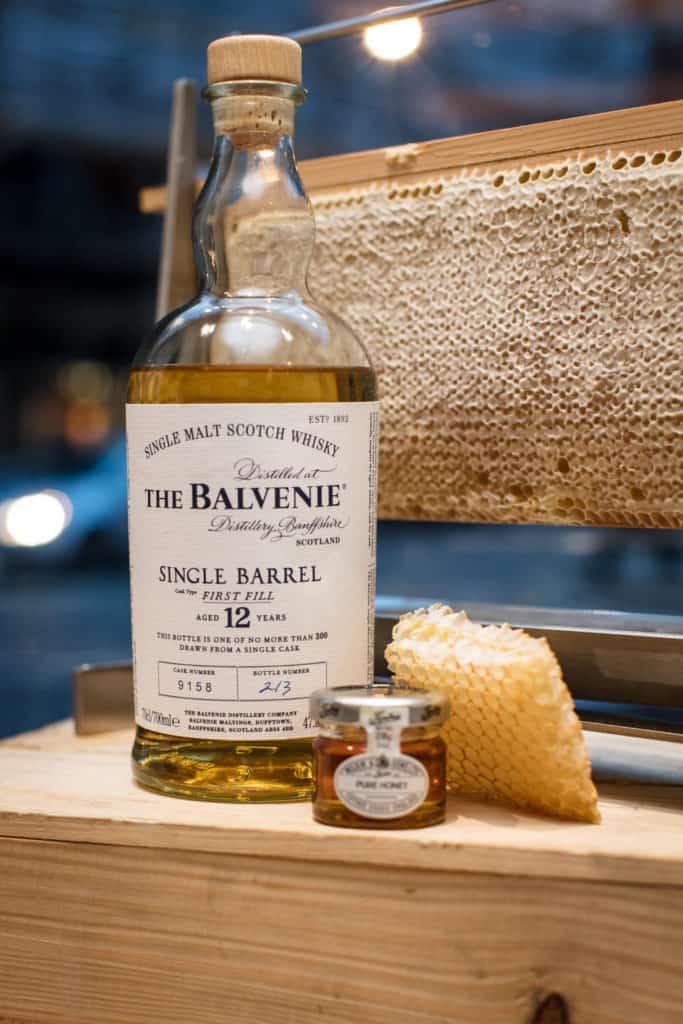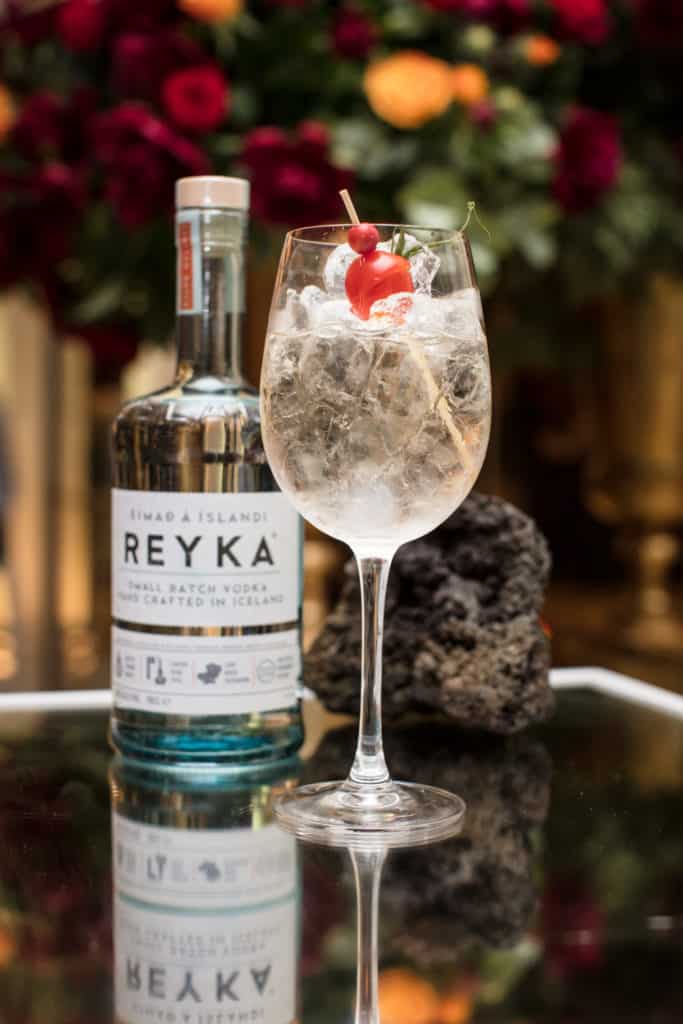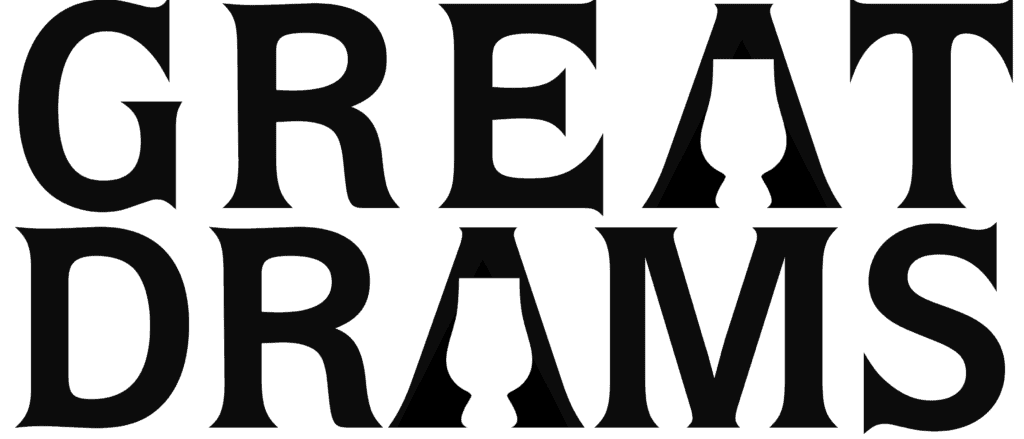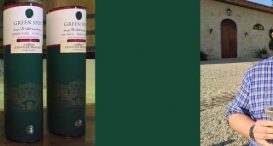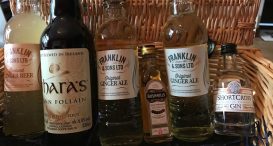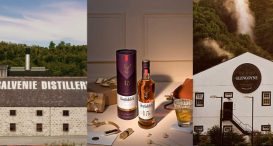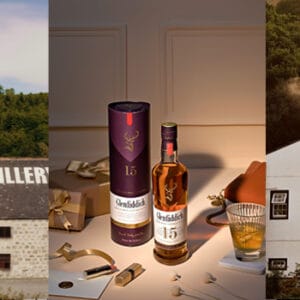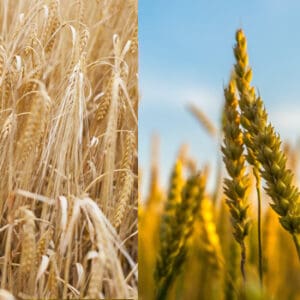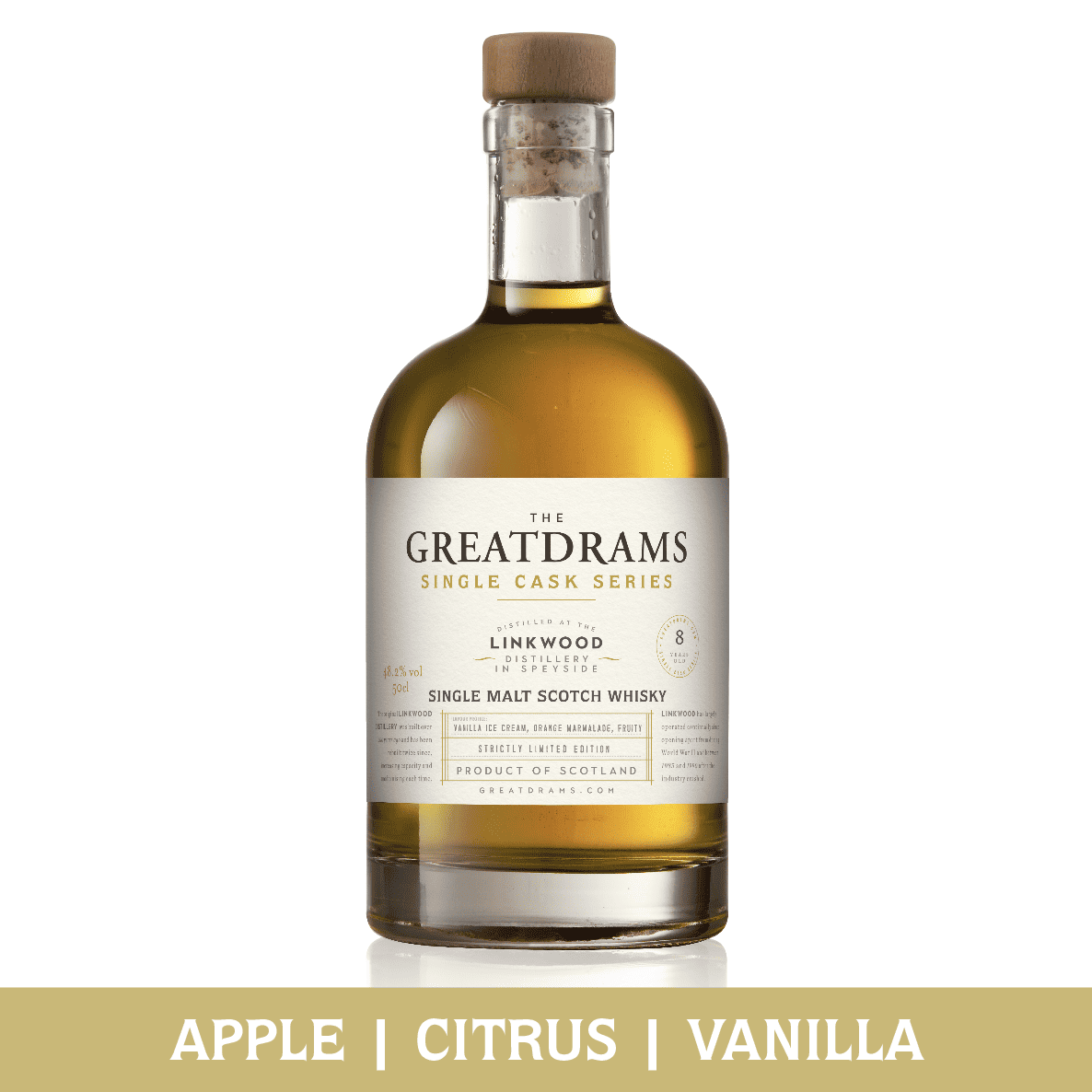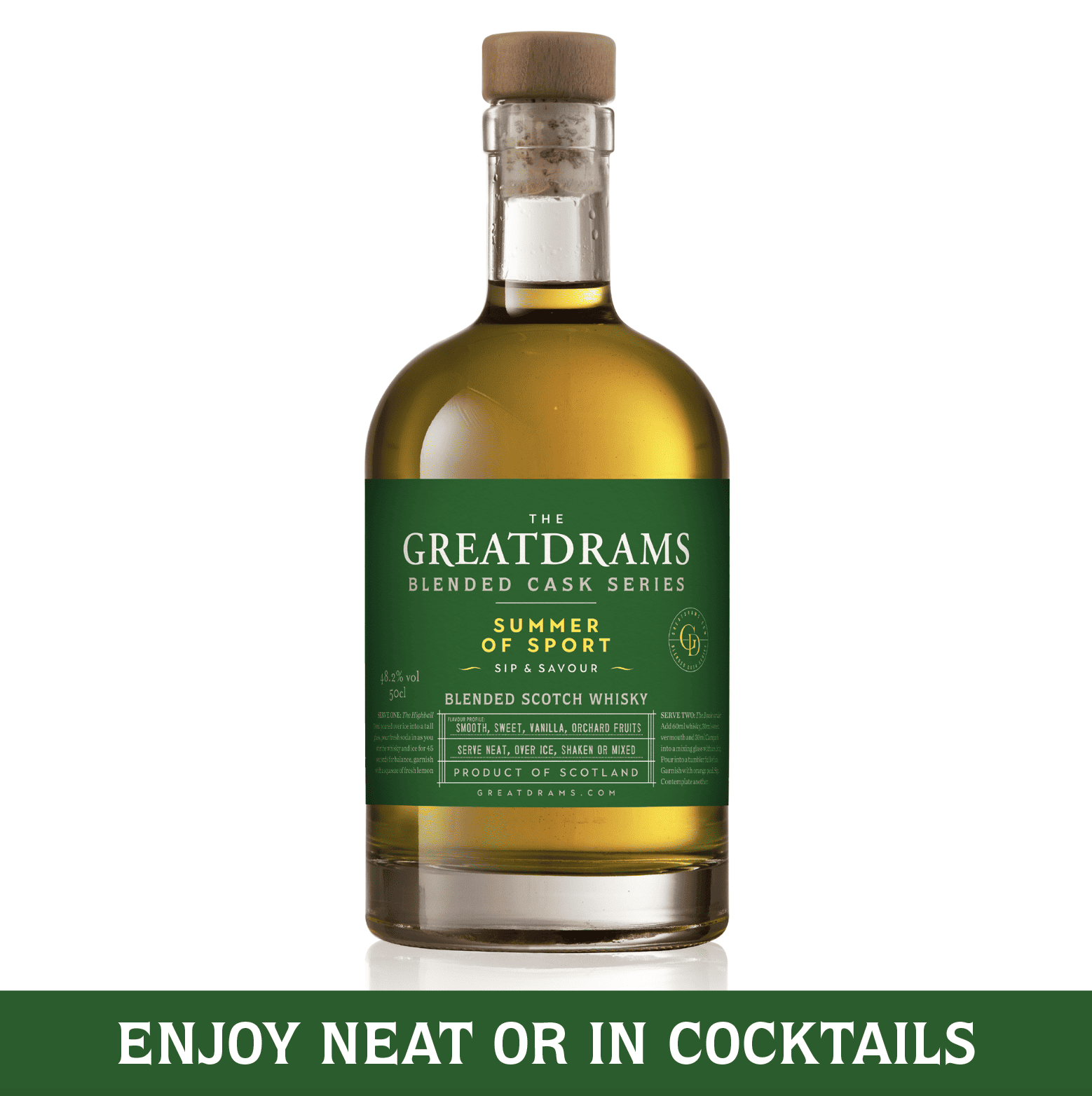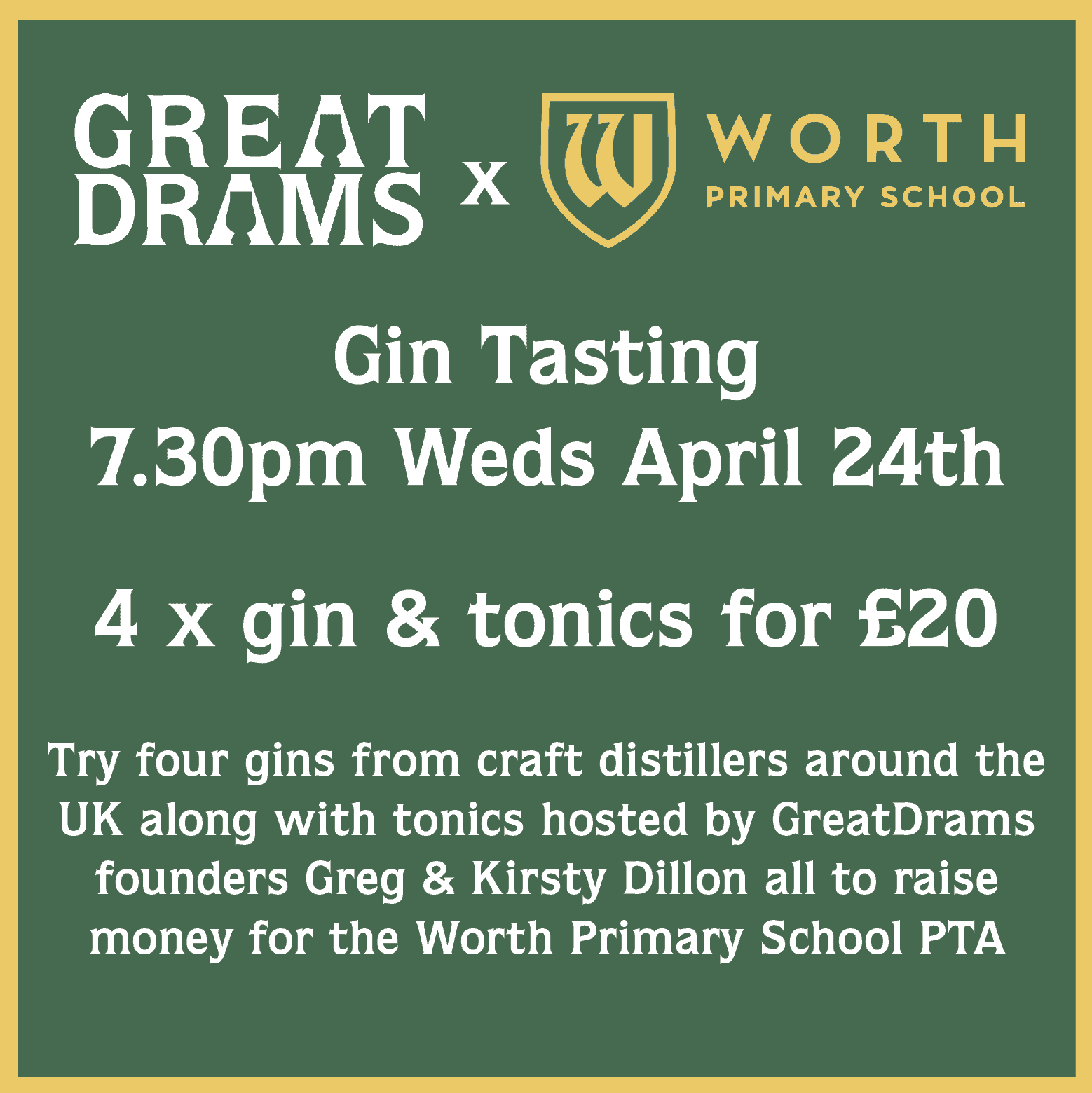HEALTH, HYPER PERSONALISATION AND HIGH VALUE EXPERIENCES
let’s begin
KEY TRENDS SHAPING THE DRINKS INDUSTRY DURING AN ERA OF UBER UNCERTAINTY
Last night, William Grant & Sons UK launched its annual Market Report, a comprehensive evaluation of consumer behaviour and macro trends affecting the drinks industry in 2017.
This year’s report considers the universal implications that the seismic changes to the macro environment have had in last 12 months, and as the repercussions of geopolitical uncertainty continue to materialise. The report reveals consumer and trade trends, assessing the position of premiumisation as the pound enters a period of uncertainty, as well as reporting figures on industry growth.
The trends identified in the 2017 report show that consumers are changing how they choose to interact with brands. With health and well-being continuing to dominate consumer consciousness, and on-demand, authentic experiences taking priority over products; key trends are emerging such as ‘Hyper Personalisation’, ‘Collective Escapism’ and ‘Kidult Experiences’ which brands can tap into to navigate the current consumer landscape.
In the on-trade, venues are responding to consumers’ shift in taste, moving towards a greater range of more natural flavours; as well as the industry rallying together to champion a zero-waste policy with the increasingly popular closed-loop cocktail movement.
Gary Keogh, Marketing Director of William Grant & Sons UK, comments:
“Consumer behaviour and habits have continued to evolve in this time of uncertainty, but still there remains an element of consistency with the trends identified in our previous Reports, as the consumer trends and resulting behaviours have adapted to this new normal.
More than ever, brands need to have a point of view, share their values, and reach heightening expectations to meet consumer needs. The brands that succeed will be those that can balance these often conflicting needs and offer inclusive, collective experiences, a playful sense of purpose, and meet on-demand consumer expectations without compromising on quality.”
Key 2017 findings:
- In both the on-trade and off-trade, the second largest sector is spirits, worth £10.0bn, up +2.5%, which is seeing strong value growth across both channels, ahead of Total BWS
- Total premium spirits are now worth over £1.2bn, up +9.9% accounting for 11.7% of the spirits market
- Premiumisation remains a key driver for the spirits market with premium brands accounting for £105m of incremental value compared to last year
- The on-trade is driving the majority of the spirits sector’s performance, up +3.1%, although the sector is also in growth within the off-trade, up +1.5%.
- Growth in the spirits sector is being driven by gin, flavoured/spiced rum, non-cream liqueurs, and malt whisky
- Although alcohol consumption is in decline, when consumers do choose to drink, they are opting for better quality, with premium spirits showing a growth of +9.9% year on year. This can also be seen outside of the premium spirits category with premium mixers reporting a growth of 139% in volume and 157% in value.
Rita Greenwood, Managing Director of William Grant & Sons UK and Ireland, adds:
“William Grant and Sons is a family owned business and has been for 130 years. This report is our objective view of what is happening in the UK drinks industry. Every word is written internally by our colleagues and it demonstrates our commitment to ensuring that all of our business partners are informed about what is happening now, and how we expect consumers and categories to evolve in the future.
The report shows that it is more essential, now than ever before, for businesses and brands to adapt if they are to remain relevant with today’s consumers.”
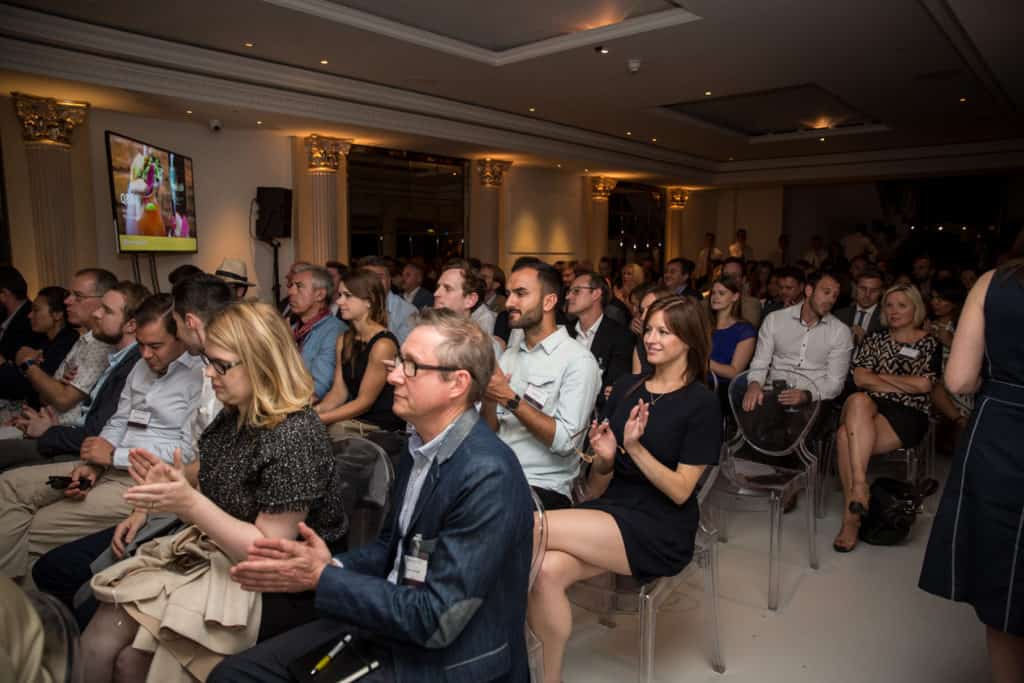
Facts, figures and trends
The off-trade
- The spirits sector is the second largest within BWS in the off-trade, worth almost £4bn, with value sales continuing to grow, up +1.5%. This is being driven by shoppers purchasing more frequently, and more shoppers entering the spirits sector
- Premium spirits accounts for £339m in the off-trade, up +12.7% and growing ahead of the total market
- The largest categories within the spirits sector continue to be blended whisk(e)y and vodka, accounting for almost half of value sales
- The fastest growing categories within spirits are gin (+15.8%) and flavoured/spiced rum (+12.7%)
- Spirits accounts for a quarter of all BWS spend and the category has added £59m in incremental value sales in the last year
- The BWS market has grown by almost £207m in the last year, with spirits accounting for almost 30% of the growth
The on-trade
- The spirits market is now worth £6.0bn, up +3.1%, driven primarily by premium spirits as consumers continue to trade up to improve their on-trade experiences
- 65% of spirits value sales are made up of vodka, liqueurs & speciality drinks, gin, and blended whisky
- Sales growth is being driven, in actual terms, by gin (+£86.8m), spiced/flavoured rum (+£38.3m), non-cream liqueurs (+£34.5m), and American whiskey (+£16.5m)
- Smaller/niche categories such as premium gin, spiced rum, and malt whisky continue to innovate and drive consumer interest within the spirits category
- Premiumisation is still in effect within the on-trade as value sales continue to grow well ahead of volume
- Mainstream and drink-led outlets have been identified as the segments which drive down performance as consumers look for more ‘premium’ experiences
- The on-trade is constantly evolving and improving, driven primarily by the premium end of the market, both outlet type and category, as consumers desire new and better experiences with each visit
- Decline in the number of outlets is largely due to closures in drink-led pubs (711 closures), circuit bars (385 closures) and café bars (330 closures)
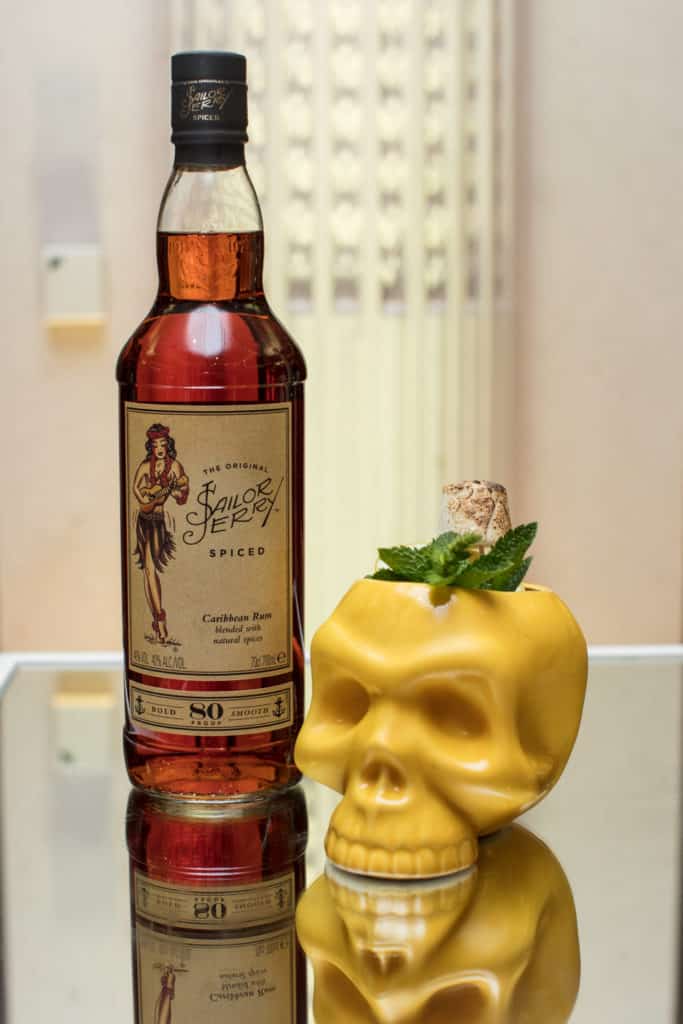
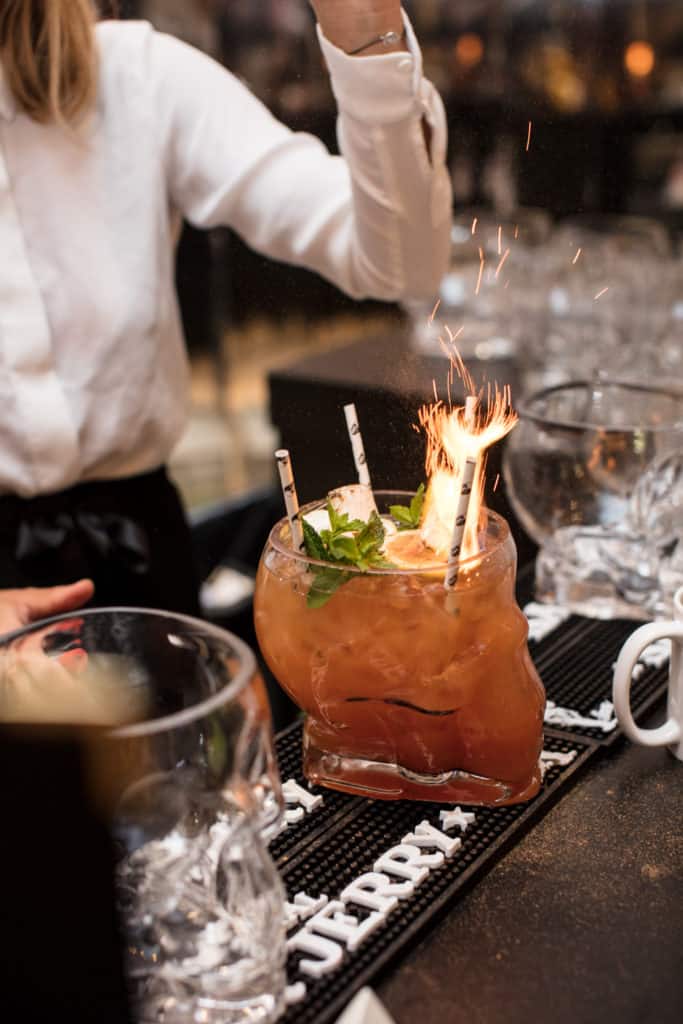
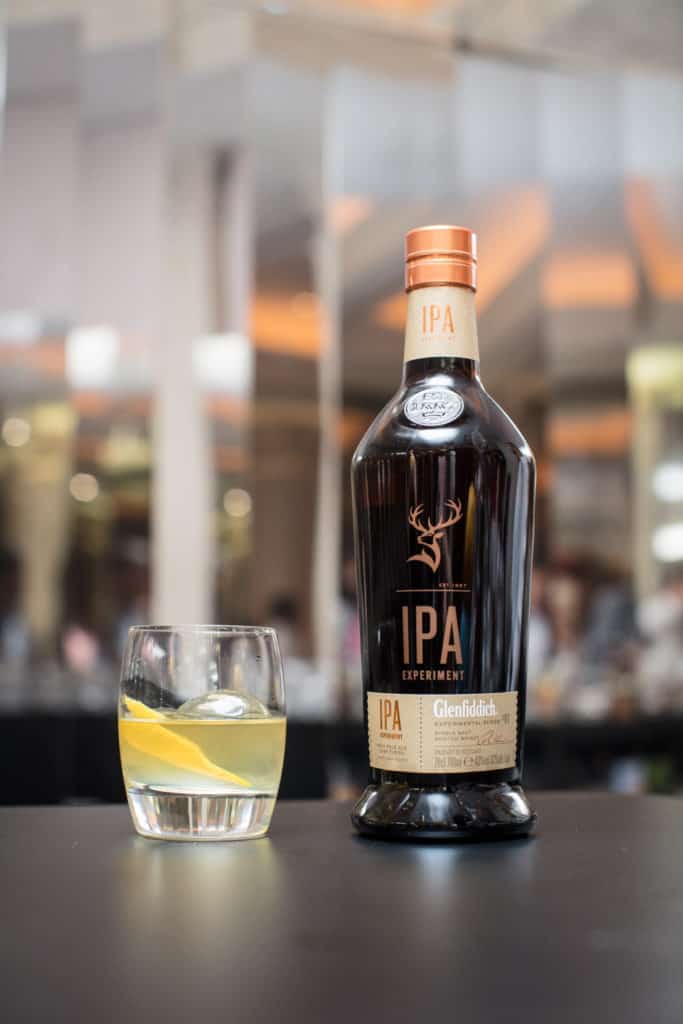
Innovation and trends
Thought provoking menu maps: As consumers increasingly seek out the unusual, bars are placing as much of a focus on the menu as they are placing on the drink itself. From the world’s first augmented reality menu at City Social to menus developed around artistic movements, this trend is reinventing the way people look at the humble menu. As ingredients and drinks become ever more complex, using the menu to help consumers navigate through choices to help them find their perfect match has never been more important.
Ingredients get even more unusual: With outlets vying for consumers’ attention and looking for new ways to disrupt in the on-trade, there has been a rise in bars turning to unusual ingredients to provide consumers with social currency. Bars such as the Peg and Patriot are incorporating everything from Vietnamese soup to pig’s blood into their cocktails, while the Tiger Balm cocktail at The Gibson is infused with June beetle juice and served with a side of fried worms.
Pre-batched no longer means boring: For some, pre-batched cocktails take away from the experience of being in bar – the theatre of serve, the noise of the shaker, the bartender’s stirring – which has led to the rise in bars opting for pre-batched ingredients instead. In this way, the consumer still gets the rich, theatrical experience that they are looking for, while allowing for excellent speed of service from the bar.

